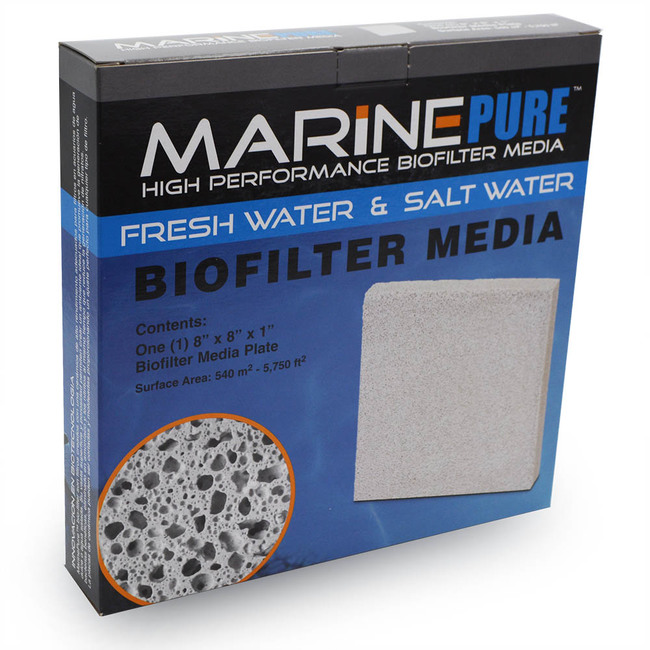revhtree
Owner Administrator
View Badges
Staff member
Super Moderator
Reef Squad
Partner Member 2024
Excellence Award
RGB
Photo of the Month
Article Contributor
R2R TV Featured
Hospitality Award
Article Administrator
Black Friday Sponsor
Partner Sponsor 2023
Industry Professional
My Aquarium Showcase
- Joined
- May 8, 2006
- Messages
- 47,786
- Reaction score
- 87,381
So nutrients in your tank is good and bad. If you don't have enough them some corals don't thrive and if you have too much nuisance algae thrives! Most of the time the latter is what happens and algae gets uncontrollable! The goal is to have a low, controlled amount of nutrients.
Nutrients that require exporting:
How are you controlling nutrients and what has worked best for you?

image via @CoralAddict645
Nutrients that require exporting:
- Nitrates
- Phosphates
- Ammonia
- Nitrite
- Dissolved Organic Compounds (DOC)
How are you controlling nutrients and what has worked best for you?
image via @CoralAddict645


















